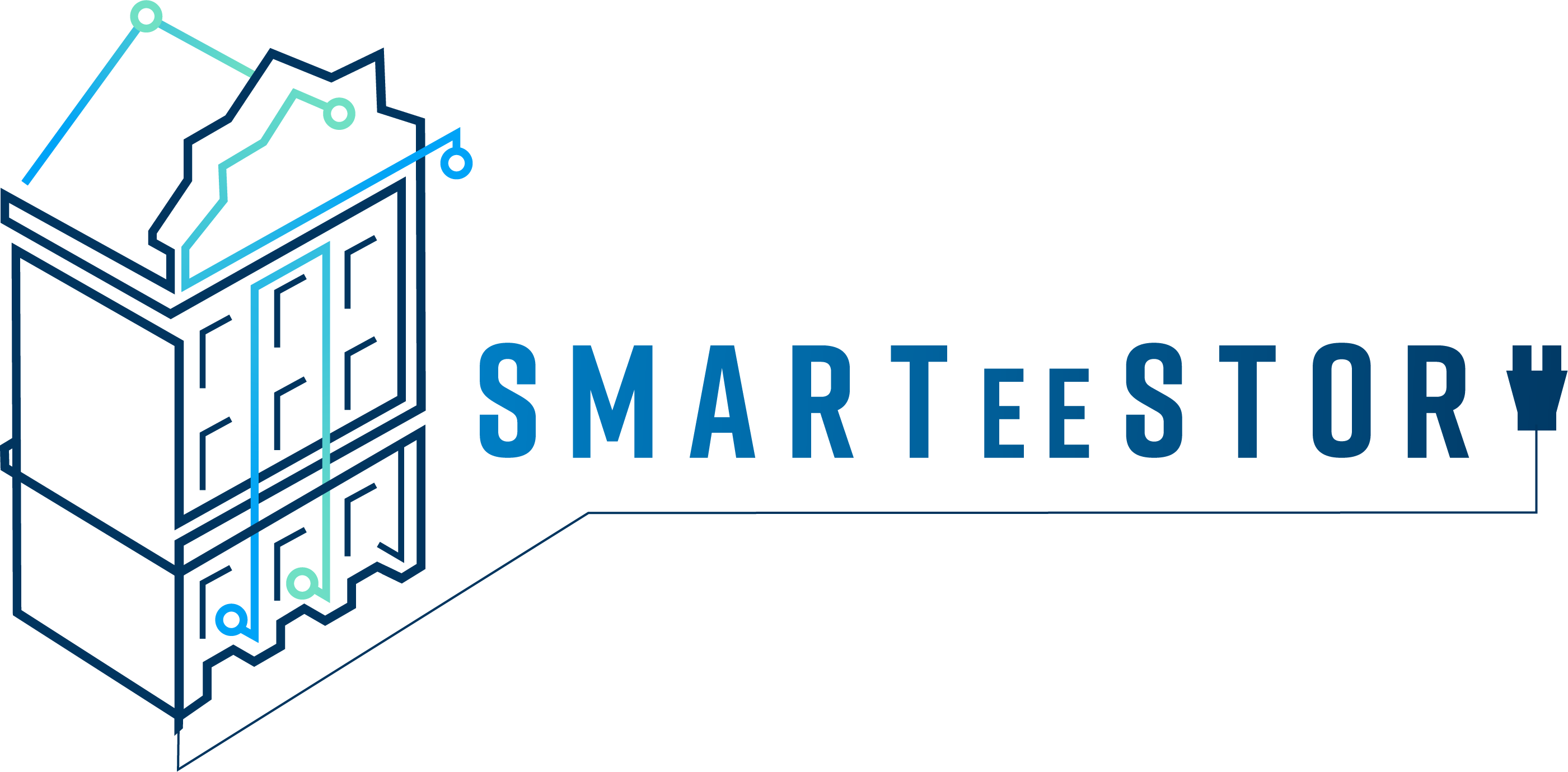Granada Officials Endorse SMARTeeSTORY's Innovative Approach to Historic Building Refurbishment
As part of the third SMARTeeSTORY General Assembly, a comprehensive technical site visit and inspection were conducted at the Palace of the Chancellery in Granada, the demonstration area for the Spanish pilot. All project partners participated in the tour, exploring various rooms and facilities involved in the project. This visit significantly enhanced the consortium's understanding of the building's capabilities and provided valuable insights into the optimal deployment of sensor equipment.
During the inspection, project partners identified the specific types of equipment needed to meet the project's requirements. This hands-on experience allowed for a more accurate assessment of the building's infrastructure and its support for the project's objectives. Additionally, the collaborative efforts during the visit have contributed to designing a final solution that is both suitable and effective for the working environment.
By aligning technical requirements with the practical aspects observed during the visit, the consortium is now better positioned to implement a well-integrated sensor system that meets the project goals. This meticulous planning and teamwork underscore the commitment to achieving a successful and efficient deployment of the project's technology.
Several public officials from Granada attended the SMARTeeSTORY General Assembly to express their support for the smartification of such a historically, culturally, and judicially important building in Spain. Official support is crucial for the proper development of the project. For instance, Ignacio Cuerva, CEO of Cuerva, highlighted the project's uniqueness due to the combination of its historical value and administrative functions. He stated, "It is a unique example because it is a historic and significant building that serves as practical offices for a crucial department of the organization and has administrative importance. Therefore, it is a complex building, and we must take responsibility for how we adapt and use it." The incorporation of innovative technologies such as smart sensors and energy management systems is key to optimizing resources and improving user comfort. This approach represents a significant advancement in the energy efficiency of historic buildings. Natalia Márquez, General Manager of the Andalusian Energy Agency, noted the importance of designing systems that improve energy performance in Andalusia, highlighting that "there are around 21,000 public buildings catalogued in Andalusia that could potentially be rehabilitated energetically." Finally, Carmen Navarro, Director General of Planning, Modernisation, and Fund Management in Andalusia, emphasized the historical value of the project and the importance of European collaboration in innovation.
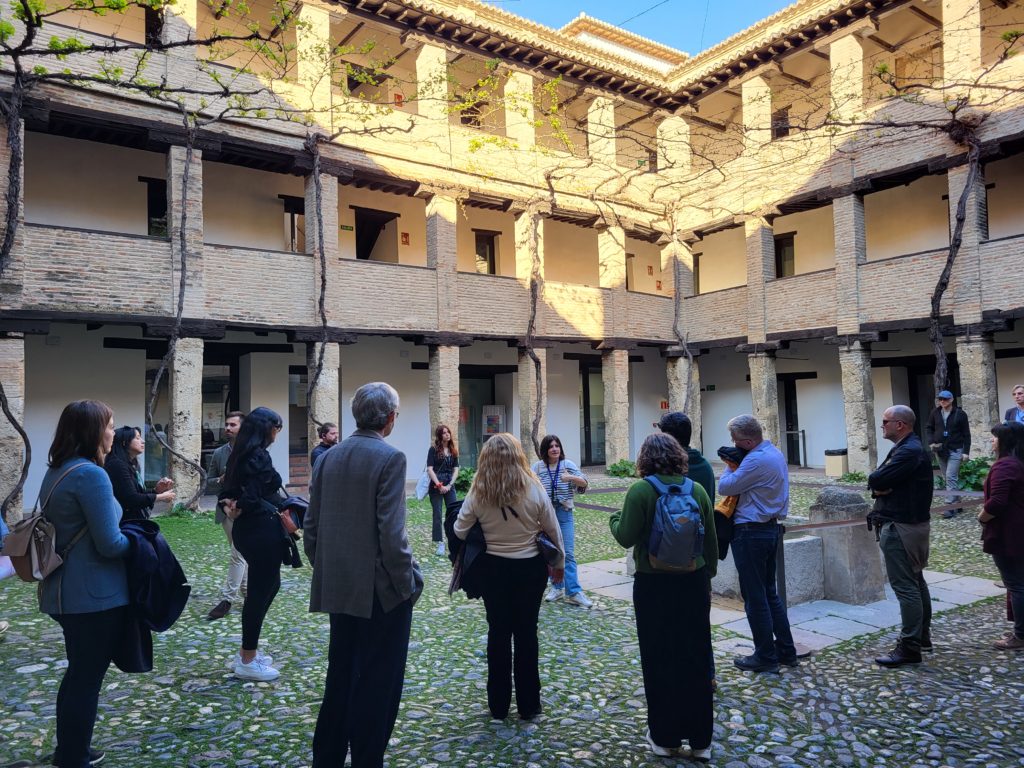
The SMARTeeSTORY project consortium recently convened for its second project meeting in the picturesque city of Granada, Spain, marking a significant milestone as the project approaches its one-year mark. The two-day meeting, hosted by partner Cuerva, took place against the backdrop of Granada's rich historical heritage, providing an inspiring setting for discussions and workshops.
The first day of the meeting on April 3rd commenced with a warm welcome from key figures representing the community and city administrations, including Natalia Marquez García, Managing Director of the Andalusian Energy Agency, María del Carmen Navarro Cruz, General Director of Planning, Modernization, and Fund Management, and Ignacio Cuerva Valdivia, CEO of Cuerva. Their support underscored the commitment to SMARTeeSTORY's mission of promoting energy efficiency and sustainability in heritage buildings.
A tour of the demo site: Granada's Royal Chancellery, provided much input for all partners. Built in the 1500's to house the Court of Justice at the time, the building has held prisoners and seen members of court take oath and, even today, still serves as the seat of Andalucian High Court of Justice. Our technical partners assessed the demo site as preparation for initial stock taking measures, while the rest of the consortium were left inspired from the rich history of the building.
Day two of the meeting saw participants immersed in workshops focused on the project's three demonstration sites. Insights gathered from a demo site visit on the first day provided valuable context for discussions on planning the interventions to be employed in the coming months. Throughout the meeting, participants exchanged ideas, solutions, and challenges, reflecting the collaborative spirit of SMARTeeSTORY.
As the project nears its one-year milestone, there is a growing sense of momentum and progress towards the common goal of setting heritage buildings as examples of smart and energy-efficient building stock in the EU.
The meeting concluded, yet participants departed with renewed enthusiasm and a shared commitment to advancing the objectives of SMARTeeSTORY. The consortium looks forward to continued collaboration and the successful implementation of energy-efficient solutions in heritage buildings across Europe!
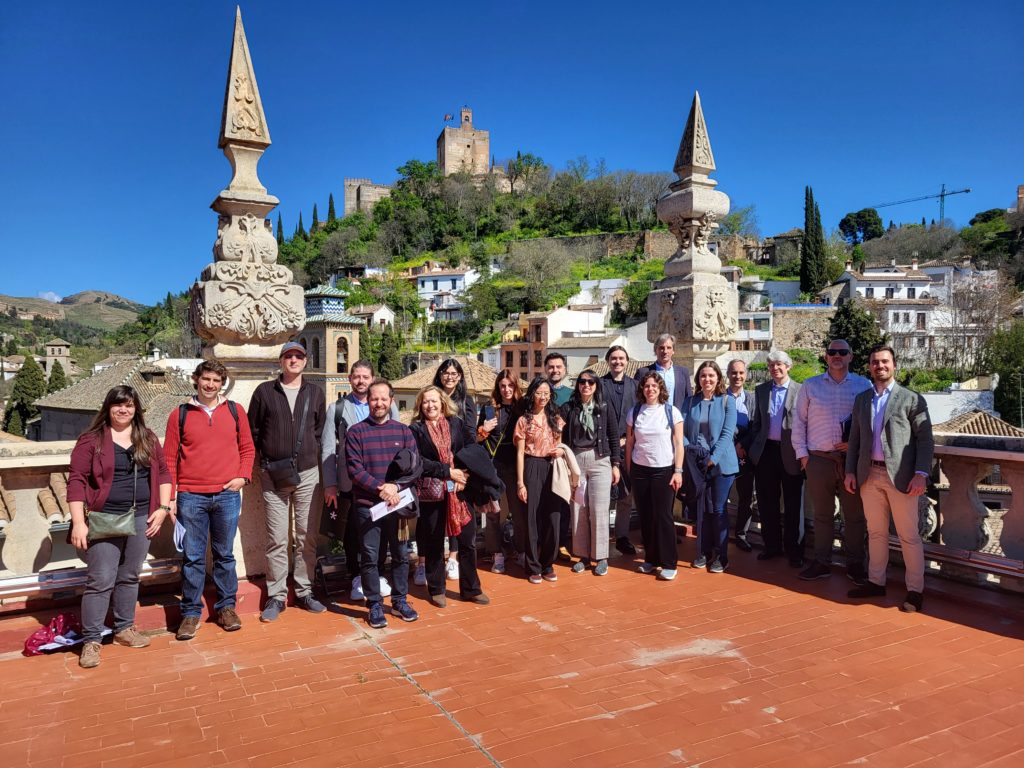
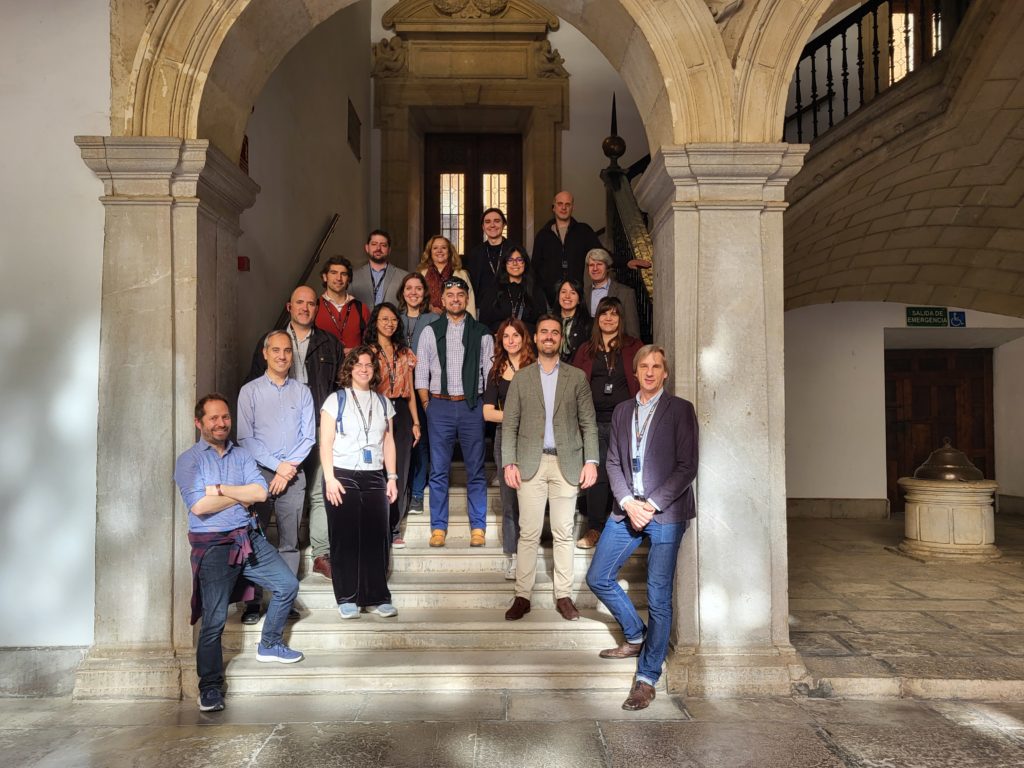

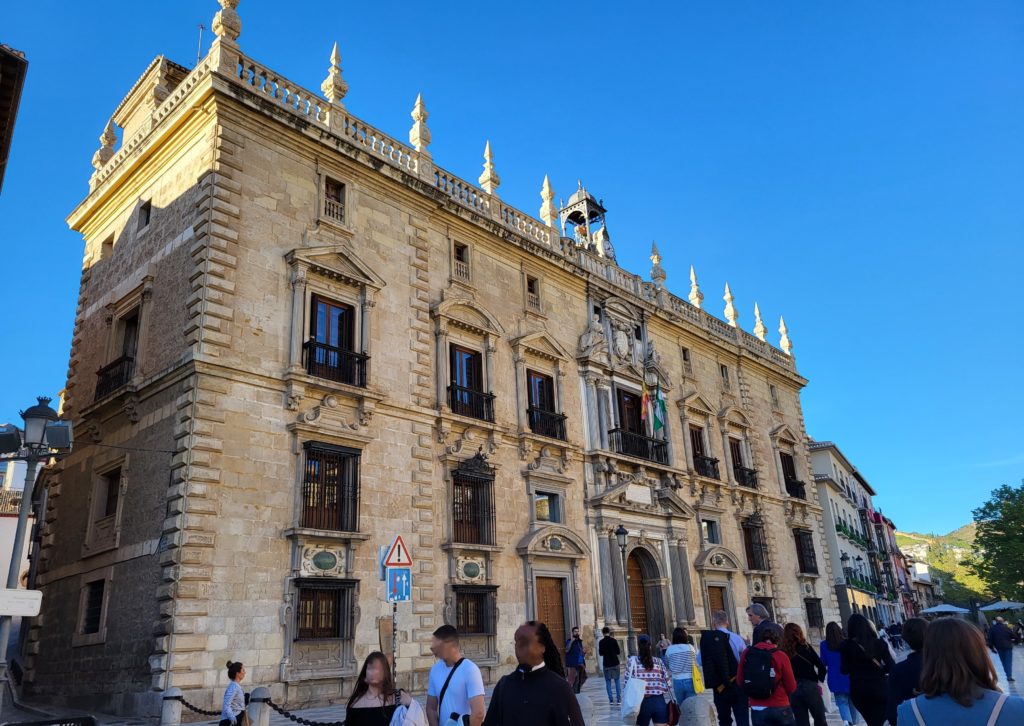
Subscribe to our newsletter


